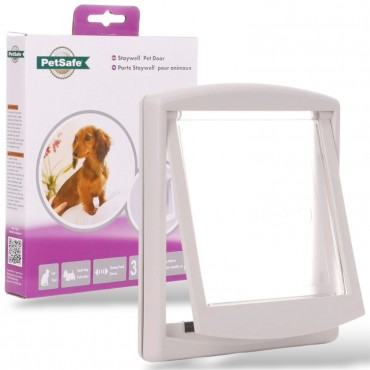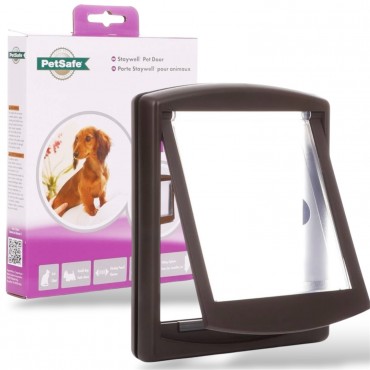Internal Door Options
Dog & Cat Flaps for Internal Doors – What to Consider
When planning to install a cat or dog flap in an internal door, there are several factors to keep in mind. The right choice depends largely on your home’s layout and insulation.
In modern, well-insulated homes, indoor temperatures tend to remain consistent throughout, and internal doors are often left open. In this case, a simple open cat corridor or pet access hole—with no flap—can provide your pets free movement between rooms without obstructing airflow.
On the other hand, in older or draughty properties, using a pet door with a flap can help reduce heat loss between rooms. Many flap options also include a slide-in panel or locking mechanism, giving you extra control over access when needed.
Internal doors are generally easier to modify than external ones. However, their thickness can vary significantly, from thin 4mm panelled doors to solid cores up to 50–60mm thick. Always measure your door’s thickness before selecting a product to ensure compatibility and a secure fit.
















